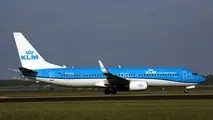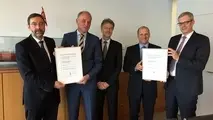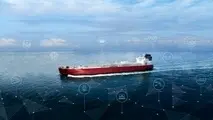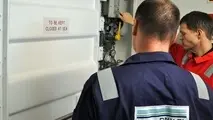DNV GL: Close cooperation is vital on salvage operations
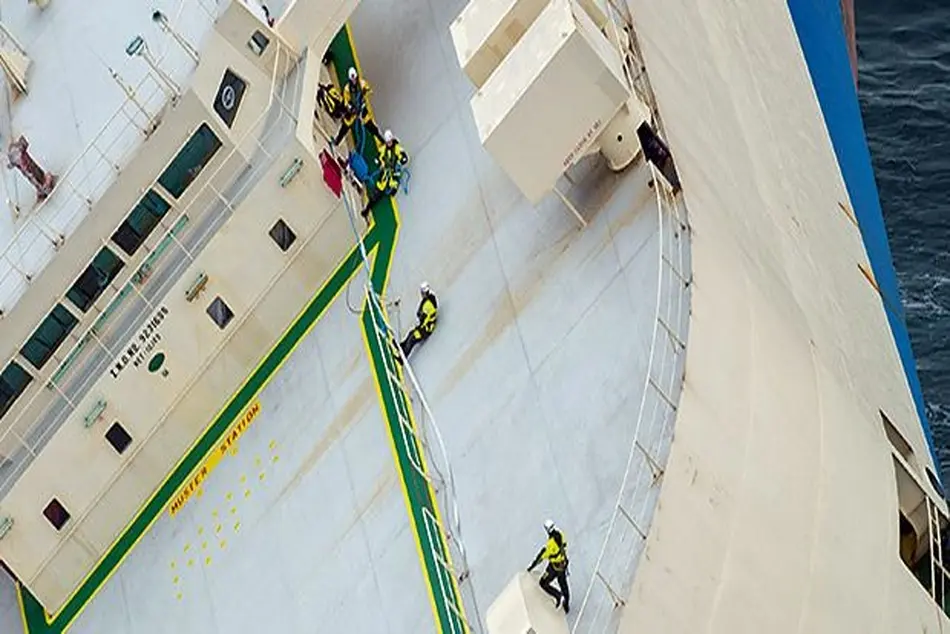
DNV GL presented a recent case of “Modern Express” maritime incident, at which corresponded the DNV GL Emergency Response Service (ERS). The company notes that during these incidents, every minute counts, and close cooperation with salvage services is essential for a good outcome.
The incident
Last year, the “Modern Express”, a Panama-registered ship transporting 3,600 tons of construction machinery and timber from Gabon in West Africa to the French port of Le Havre, was caught in a severe storm in the Bay of Biscay. Battered by heavy seas and swells, the vessel developed a 40-degree list and lost engine power. The captain sent out a distress signal and the vessel’s 22 crew members were safely evacuated by two Spanish search and rescue helicopters, leaving “Modern Express” to flounder in extreme weather and in danger of capsizing.
Shortly after the crew was evacuated, the “Modern Express” began drifting towards the French coast. Because of this development, the participating Maritime Rescue Coordination Centers decided to arrange for the rescue operation from the French Prefecture Maritime in Brest. Subsequently, France assumed responsibility for coordinating the rescue operation, during which time Smit International entered a Lloyd’s Open Form – SCOPIC agreement with the owner of the “Modern Express”.
According to Richard Janssen, Commercial Director of SMIT Salvage, the greatest challenge in any salvage operation is gaining timely access to reliable information.
“Until we get people on board to assess the condition of the vessel itself, it is difficult to get an accurate picture of what we are dealing with,” he says. “The stability calculations we receive from the class of the vessel, combined with analysis from our own team, can make a big difference in how we approach salvage operations.”
The Emergency Response Service (ERS™) from DNV GL mobilized a three-man duty team and, based on unrivalled access to vessel information and predefined 3D computer models, provided rapid-fire technical expertise – informing SMIT’s on-scene salvage team that the vessel had sufficient stability to remain afloat.
After having applied for a place of refuge in accordance with the new EU Operational Guidelines, the Spanish authorities gave their approval for the “Modern Express” to utilize the Port of Bilbao, where a team of eight from SMIT boarded the vessel to connect additional tugs for berthing. Finally, the vessel was secured to the dock with specialized shore-tension equipment.
The next challenge was how to right the ship:
“We discussed using counterweights to bring the ship upright, but as the SMIT team was able to assess the vessel more thoroughly, we verified and helped them to improve a nine-step sequence using external pumps and the ship’s tanks to gradually right the ship,” explains Øyvind Træthaug from ERS for DNV GL.
“We received excellent support from DNV GL in this situation,” says Janssen. “The vessel was listing at 40 degrees, with some decks partially submerged, making it difficult for our experts to assess structural damage. However, DNV GL’s calculations helped confirm our own analysis of the vessel’s condition, and we agreed the ship was seaworthy enough to be towed.”
